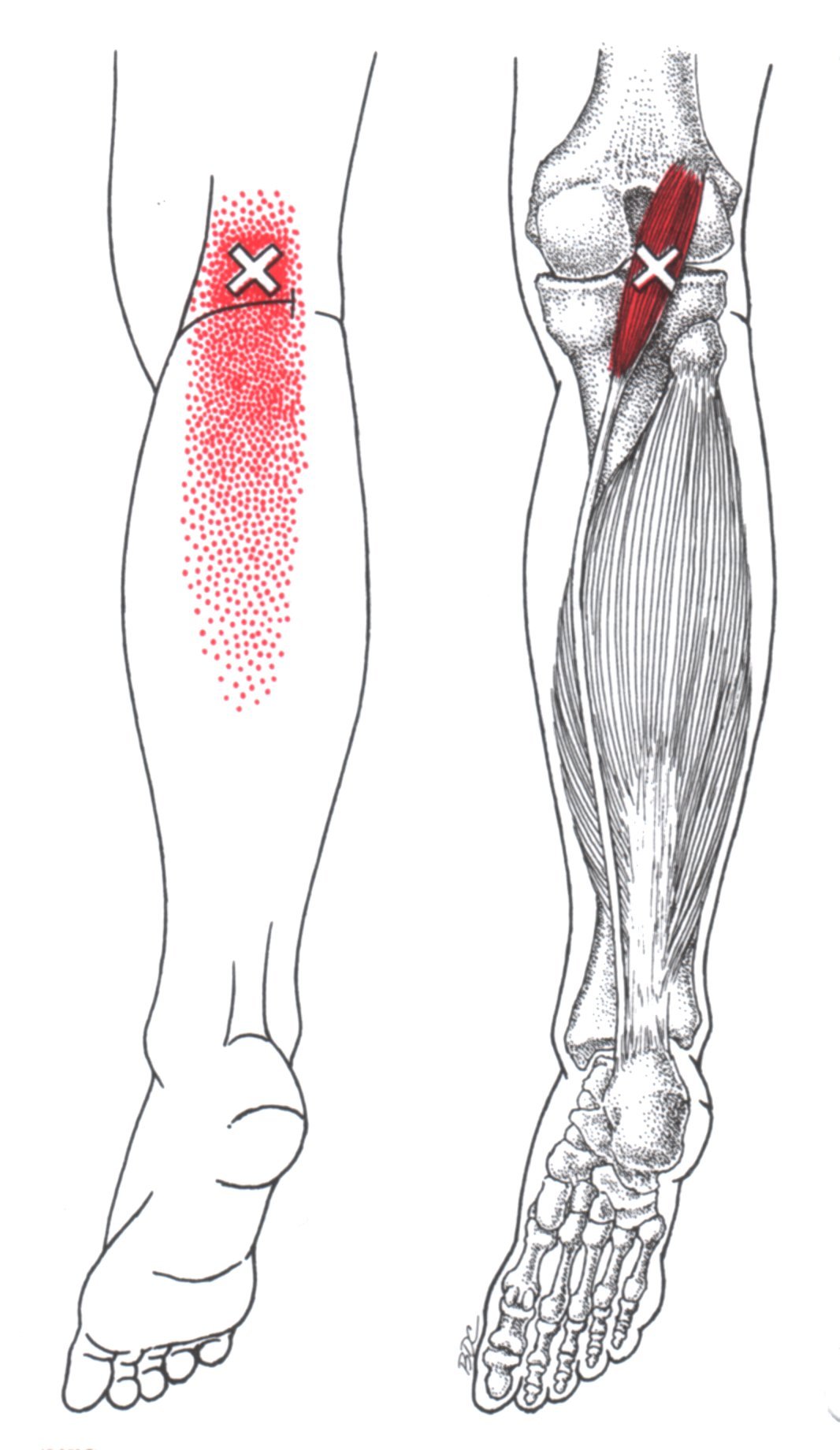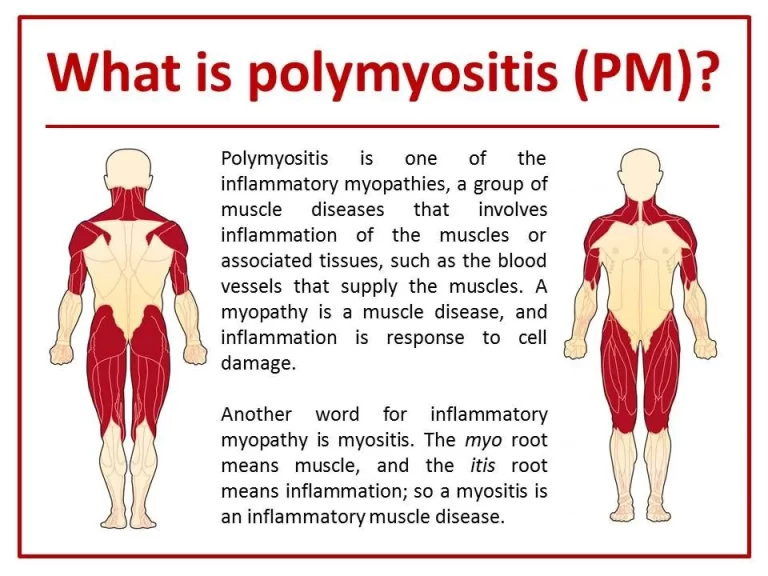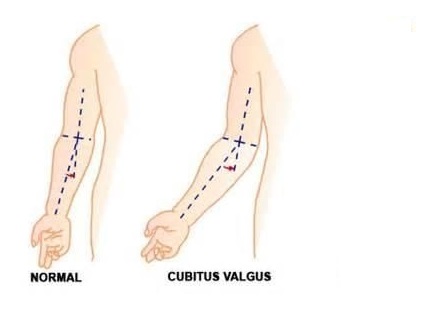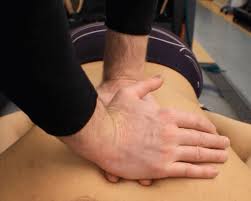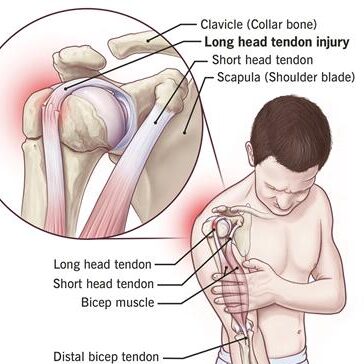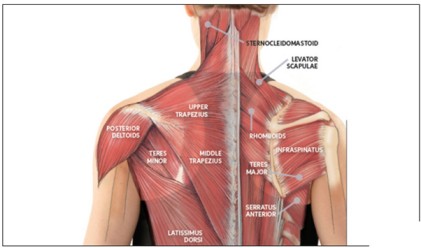Plantaris muscle strain
Table of Contents
What is plantaris muscle strain?
- However, a severe plantaris strain can cause significant pain, generally at the back of your calf rather than near the knee. A plantaris strain can happen alone or accompany a gastrocnemius strain or a sprain of the anterior cruciate ligament( ACL). anterior cruciate ligament works as a major, stabilizing ligament in the knee.
- Injuries to the plantaris muscle can either occur as a muscle strain or further commonly, a plantaris muscle rupture. Plantaris muscle rupture has also been called” tennis leg” as many people who sustain this injury are athletes who are moving forward, such as a tennis player might do.
- You are playing tennis when all of an immediate you have pain in the back of your lower calf. You think you may have torn or ruptured your Achilles tendon, so you go to the doctor. The doctor performs tests and diagnoses that you did not tear your Achilles tendon, but instead strained your plantaris muscle.
Where is Plantaris muscle located?
- The plantaris muscle includes a small, thin muscle belly, and a long thin tendon that forms part of the posterosuperficial compartment of the calf. Together with the gastrocnemius, and soleus, they’re inclusively involved as the triceps surae muscle. The muscle originates from the lateral supracondylar line of the femur same as the superior and medial to the lateral head of the gastrocnemius muscle including from the oblique popliteal ligament in the posterior side of the knee.
Plantaris muscle strain classification
Grade 1: Plantaris muscle strain is classified as a minor injury. It happens when the plantaris muscles or tendons are overstretched, but you do not lose mobility or strength.
Grade 2: The strain is moderate tearing in the plantaris muscle or tendons that causes some loss of mobility or strength.
Grade 3: Strain is a complete rupture of the plantaris muscle or tendons. If you have a grade of 3 muscle strain, you may require surgery to repair muscle strain.
Sing and Symptoms of plantaris muscle strain
A plantaris muscle strain generally occurs suddenly( acute injury), or can develop over time through repetitive stress and overuse. Symptoms of a plantaris muscle strain include:
- Sudden pain in the back side of the leg
- Swelling and bruising of the calf muscle
- Cramping and spasm sensations in the leg
- There may be a particular area that feels tender to touch.
- The lump may develop, but not always.
Cause of plantaris muscle strain
- Muscle strain will occur either from injuries or trauma. this will result to:
- Not warming up properly before physical activity
- Poor flexibility
- Poor conditioning
- Overexertion and fatigue
- Weakness
- Injuries during playing sports activities like basketball, tennis, and football, among others
- Trauma because of falls or a direct hit to the area
- Repetitive motions during athletic or work activities
Risk factors of Plantaris muscle strain
Anyone can get a plantaris muscle strain. There are different factors that can increase your likelihood of developing a plantaris muscle strain, including:
- Playing a sport or performing activities that require repetitive movement.
- New routines. An instant increase in physical activity with a lack of preparation or conditioning can increase the risk of plantaris muscle strains.
- Prior injury. Muscles, ligaments, and tendons that have been previously injured are more prone to strains.
Plantaris muscle strain diagnosis
Your doctor can diagnose a plantaris muscle strain during a physical examination.
Medical history: to decide when symptoms start and potential activities that might have caused the muscle sprain.
The doctor will also look for swelling on the back leg area that indicates a plantaris muscle tear or strain. to confirm your diagnosis, your doctor may also instruct an X-ray or MRI.
Assessment
Subjective assessment
History with associated symptoms.
Mechanism of injury.
Inciting trauma direction and magnitude of injury force,
Repetitive trauma-faulty postural-related injuries,
Objective assessment:
Observation of the foot and ankle in supine and standing position
Ankle Active range of motion
Ankle Passive range of motion
Resisted strength testing of the ankle and foot
Knee Active range of motion and manual muscle testing
Palpation:
Muscle Tenderness- to touch at the point of injury
Swelling
Bruising may appear within hours or days
Stretching of the muscle will reproduce pain
Pain on resisted plantar flexion
Treatment
Treatment of Plantaris strain depends upon the severity of the injury, Doctor examines you, according to the severity, the conditions, and the assessment plan a treatment.
Mostly Medical treatment such as Pain relieving medicine with a few day’s rest with the use of the RICE Principle helps you to recover and after that Physiotherapy, exercise is required to make your Ankle muscle fully function, which helps to start sports activity or day-to-day activity.
If the patient has grade 1 and grade 2 muscle strains then the patient should take rest, apply ice and take painkillers. grade 1 and grade 2 muscle strains take 3 to 6 weeks to recover.
patient with grade 3 muscle strain should undergo surgery. grade 3 muscle strain takes around 12 weeks to recover.
Medical Treatment
For immediate
- Some therapists suggest avoiding inimical pain medicines that can extend your threat of bleeding — similar to over-the-counter (OTC) medicine (naproxen sodium (Aleve) aspirin and ibuprofen (Advil, Motrin IB), — during the first 48 hours after a muscle strain. Acetaminophen (Tylenol) and others can be helpful for pain relief during this period.
- A physiotherapist can help you to improve the muscle strength and mobility of the injured joint or limb. Your doctor may suggest that you stabilize with a brace. For some muscle injuries, plantaris muscle sprint surgery may be called.
the R.I.C.E approach
To prevent swelling and pain as first aid by following RICE principal
R- rest
I- ice for cooling
C- compression tapping and splinting
E- elevation
Rest. Avoid activities that cause pain, swelling, or discomfort. don’t avoid all physical activity.
Ice. though you are seeking medical facilities, ice the world right away. Use an associate degree ice pack or slush tub of ice and water for 15 to 20 minutes on every time occasion anytime and repeat every 2 to 3 hours. In contrast, you are awake for the primary few days once the injury.

Compression. to assist stop swelling, compress the world with an associate degree bandage till the swelling stops. do not wrap it too tightly otherwise, you might hinder circulation. Begin wrapping at the top farthest from your heart. Loosen the wrap if the pain increases, the space becomes numb or swelling is going on below the wrapped area.
Elevation. Elevate the burned space on top of your heart’s extent, particularly at midnight, which permits gravity to assist scale back swelling.
Physiotherapy treatment
The aim of activity treatment is
- Relieve plantaris muscle pain
- Reduce muscle swelling
- Increases muscle strength.
- Improve full mobility of the corresponding joint
- Restore the patient’s confidence
- Restore the patient’s whole functional activity
Phase one: one to two weeks
Physiotherapy rehabilitation can be started after 48 hours of injury, For the first few days give an electric modality was given to relieve swelling and pain
Ultrasound
Ultrasound has been used for tissue healing
Increases blood circulation and mobility.
To reduce swelling and pain
Cryotherapy
Inflammation and swelling can be reduced by applying cryotherapy in form of ice packs, and cold water baths to the affected area. Continuous application of colds several times a day for 15-30 minutes at a time is recommended.
TENS
Transcutaneous electrical nerve stimulation (TENS) can be able to help reduce pain and muscle spasms.
Phase two: three to six weeks
First few days start pain-free mild to moderate exercise
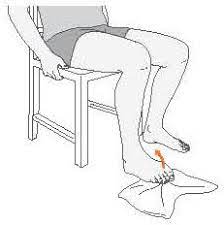
1) Towel Curls
You will need a small towel to do this exercise.
Sit down in a chair with your feet flat and place the towel on the ground in front of you.
Try to snare the towel in the center with your toes.
When you have grasped the towel, curl your toe toward you.
Drop the towel, push it back to its starting position, and repeat the exercise four times.
Repeat with the opposite foot.

2)Marble Pickup
You will need 10 marbles and a small bowl for this exercise.
Sit down in a chair and put the 10 marbles on the floor ahead of you, not too far in front or to the side.
Pick up one marble with your toes. Put each marble in the bowl.
Continue until you have put all the marbles in the bowl.
If the floor is smooth, you can put the marbles on a mat or towel so they won’t roll away from you while you pick the marble.
3)Dorsi flexion
Sit on a bed or on the mat with your legs straight.
Flex your left foot toward you, pushing the heel away and the toes forward to perform dorsiflexion.
Hold for 5 seconds. than relax
Repeat 15 times. perform this exercise with the opposite leg.
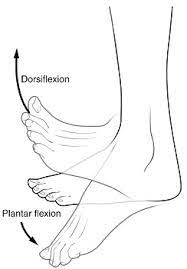
4)Plantar flexion
Reverse the move, pointing your toes to do plantar flexion.
Hold for 5 seconds.
Repeat 15 times. perform this exercise with the opposite leg.
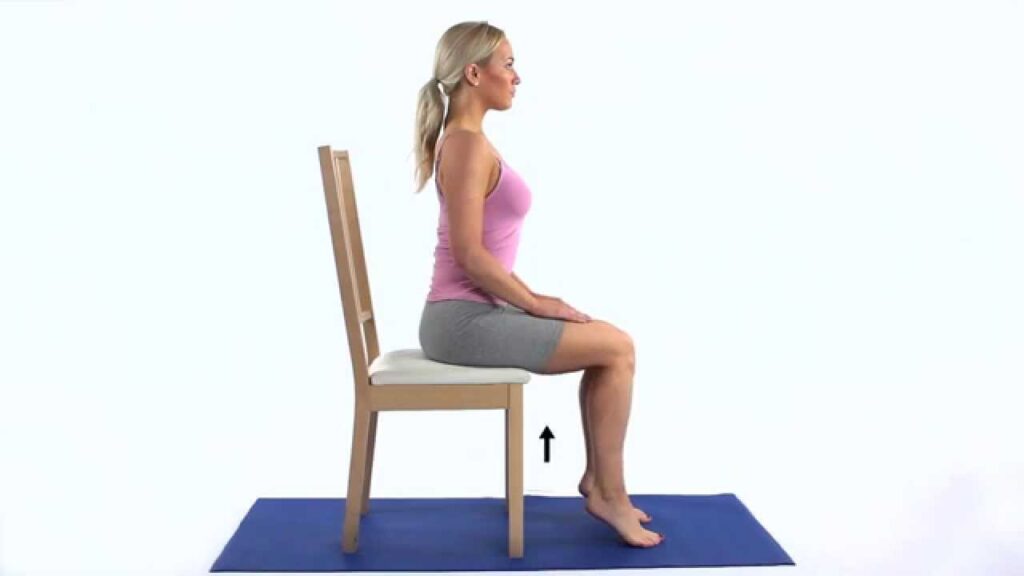
Phase three: six to twelve weeks
1)Sitting heel rise
Begin by sitting upright in a chair with your feet positioned shoulder-width apart slowly raise both heels off the ground at the same time than lower them down to the floor.
Repeat 15 times, then relax.
Complete two sets of this exercise.
Do this exercise two times per day.
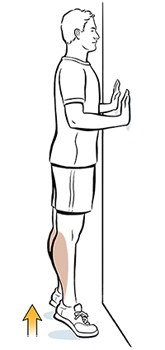
2)Standing heel lift
Stand with your feet about shoulder-width apart.
Have a chair or the wall for support if you need it.
Lift your heels up to the ground so that you’re standing on the balls of your feet.
Slowly down your heels to the ground. balance is more important for strengthening your muscles.
Do 2 or 3 sets of 10 lifts each.
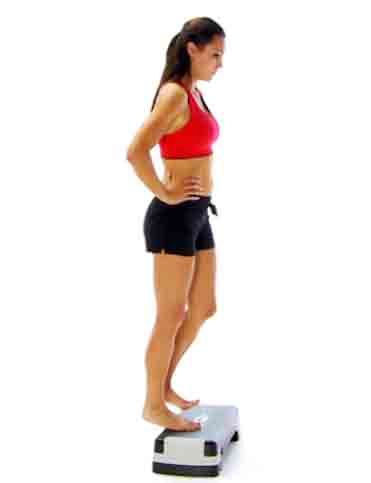
3)Toe raises and heel drops on a step
This move is more difficult than the heel lift on the floor because it flexes the ankle more.
Stand on the footstep with your weight on the balls of your feet and your heels hanging off the step.
Use a Bannister for support if you need it.
Raise up onto your toes and then slow down your feet, with your heels dropping below the step level.
Do 2 sets of 15 times lifts each,
4)Ankle flexion with resistance band(plantar)
This move uses a resistance band to strengthen your ankle as you point your toes lower toward your heel (plantar flexion).
Sit on the ground with one leg bent at the knee, with your heel on the ground, and the other leg comfortably on the floor.
rap the band around the front of your foot, and hold both ends with your hands.
Point your toes slowly ahead and then back, releasing the tension.
Do 20 repetitions on each foot,

5)Ankle flexion with resistance band (dorsiflexion)
Perform This exercise uses a stretch band to flex your ankle by pulling your toes toward you
(dorsiflexion).
Sit on the mat with your legs stretched out in front of you.
Rap the band around the front of your foot, and hold both ends with your hands.
Slowly point your toes up toward you and then return to the normal position.
Do20 repetitions on each foot,
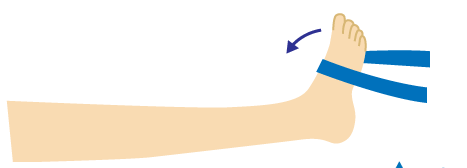
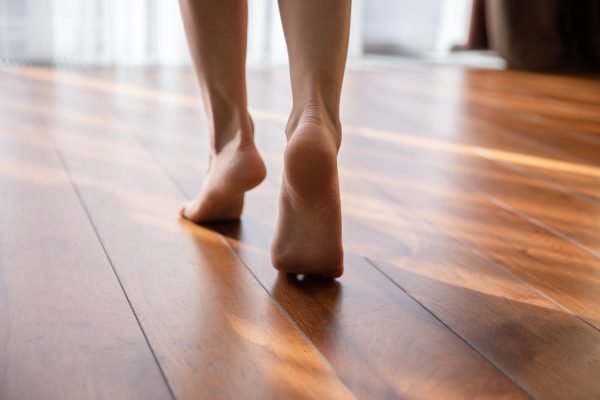
6)Toe-heel walks
You can perform this exercise without shoes or with shoes. this exercise can strengthen your
feet and ankles.
Walk about 30 steps on your toes and back to standing on your heels then relax.
Repeat 3 sets at a time.
Preventive measures
- Do the proper warm-up before some exercises or sporting activities.
- Stretch after exercising or playing sports
- Avoid immediate intense strength training and build strength gradually
- Do Regular stretching and strengthening exercises for your sports, fitness, or work exertion, as a part of your overall physical activities
- An exercise program can help to minimize your danger of muscle strains.
- Try to be in shape to play your sport; don’t play your sport to get in shape.
- If you have a physically demanding occupation, regular exercise can help to help injuries.
- Follow a healthy diet and an exercise program to maintain a healthy weight. The overweight can put added pressure on the muscles, making muscle strains again probable to do
FAQs
- 1. How do you treat a plantaris strain?
Rest, Ice and compression, and elevation.
Elastic support from foot to knee.
Non-steroid anti-inflammatory drugs (NSAIDs) - 2. How long does a plantaris injury take to heal?
Symptoms will gradually resolve over the course of several weeks, although a full recovery can take up to eight to twelve weeks depending on the severity of the injury.
- 3. What does a plantaris muscle strain feel like?
Symptoms of plantaris muscle strain include sudden pain, swelling, and limping close to the Achilles tendons. In some cases, plantaris muscle strain occurs in the mid-calf mimicking a calf muscle tear. use ultrasound or MRI to diagnose a complete plantaris muscle strain.
- 4. What movement does the plantaris perform?
The plantaris muscle works in together with the Achilles tendon to flex your ankle and knee. You use this muscle every time you stand on the tip of your toes.
- 5. Which exercise is used for plantaris muscle strain?
Towel curl
Marble pickup
Plantarflexion
Dorsi flexion
Seated heel rise

